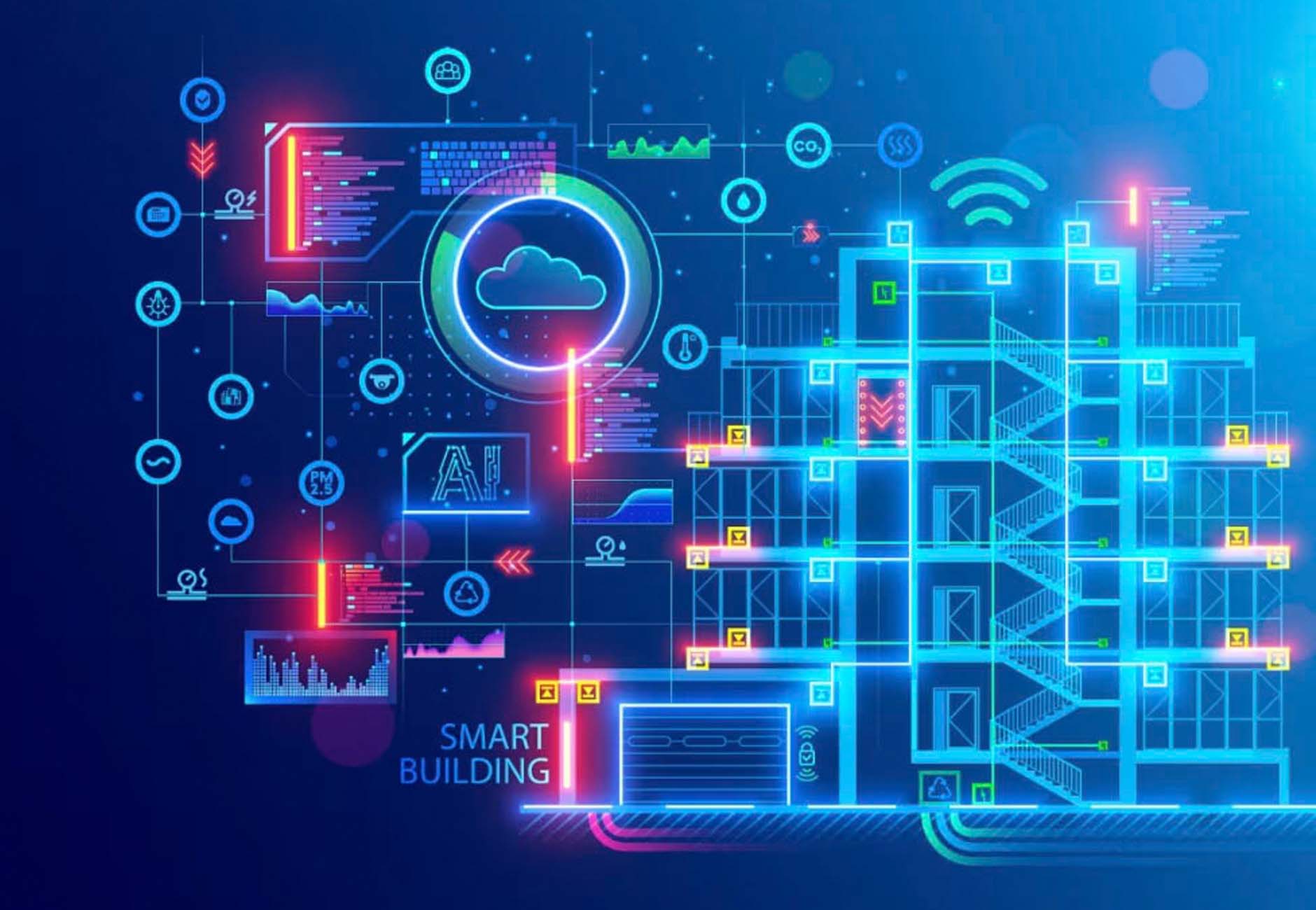What is a Smart Building?

That question has been asked and answered thousands of times over the past 2-3 years, and answers have always been quite similar albeit with different twists!
Like any question the answer to a question depends on who you ask. If you ask a BMS specialist they will give you their interpretation of a smart building and how their system fits into the jigsaw, and naturally so, because all system specialists focus on their solutions and not necessarily the bigger picture. This is a perfect example of what is termed the “silo” approach.
However, the key word there is a jigsaw – a composition made up of many different shapes and pieces. A smart building is rather like a jigsaw where all the pieces have to fit together perfectly to complete the puzzle. One piece in the wrong place and the puzzle is impossible to complete or in the case of a smart building, delivery of the client’s aspirations and employer’s requirements are unable to be delivered.
In this short article I am going to try and simplify the question and provide answers that make sense to the reader. This is not because I think the readers of this article are stupid, but because our industry likes to shroud technology in mystery and the introduction of smart buildings has simply encouraged the industry to use and in some cases create new acronyms that only the few chosen ones understand.
Added to which the technology innovators have been working overtime designing and creating new languages for systems to communicate with, new standards for systems to adopt and new products that fill a gap in the market that has ben created by the need for everything to be smart!
As consultants we are the guardians of technology and innovation and it is our job to design and specify systems that fulfill basic and complex functions for the benefit of the building and its users. The key sentence there is “for the benefit of the building and its users”.
Without naming names, sometimes I read specifications that are so complicated and convoluted that I wonder if the design intent the client’s aspirations are meant to replicate have actually been listened to in creating the specification.
Technology is a tool to be used for the benefit of the building and the occupiers, not as an excuse to flood a building with as many different, new and exciting technologies as the consultant can dream up.
In simple terms a smart building is a building that:
- Eliminates siloed building operations (the traditional and now legacy approach) in favor of an integrated approach
- Contains building services control systems that reside on a resilient converged network system (CNS) where each system runs on a dedicated and secure VLAN (virtual local area network)
- Has the capability of learning about and adapting to user’s preferences – this is not automatic and requires user input – this is not AI
- Can adapt to future systems and requirements
- Has the ability to collect data from any area of the building using a range of advanced sensors (IoT for example)
- Can provide data from all systems in a common language and make it available for analysis and reporting
- Can be designed with the right hooks to easily facilitate the addition of future Day 2 technology
- Can provide predictive maintenance and fault detection diagnosis, aiding operational oversight
- Can be monitored and controlled effectively and securely from a central location
- Can share data directly with another smart building
The question “what is a smart building” should really be “what would you like your smart building to offer your customers?”
For a client to answer that they need to be aware of what is available and what is currently under development. Sadly, this is rarely the case, because we as an industry do not engage early enough with our clients, we don’t impart knowledge or share our experience with them – in other words we don’t give them the ability to be knowledgeable, to be able to contribute to the discussion, to have an impact on the design intent. Shame on us!
If we did, our understanding of the client’s aspirations would be clearer and the specifications we write more in line with the client’s design intent rather than our own.
If we dare to lift the lid off technology and how it impacts smart buildings and share that knowledge with clients, we could tell them that in choosing the right building management services systems, the job of delivering a smart building is 50% done. If we dared to do that then just maybe we wouldn’t be in a situation where the wrong systems are chosen and the objective of delivering a smart building is made more complicated and often more expensive.
As consultants we know which systems are the best for smart buildings, this is our job, this is why we attend CPD’s and seminars to gain knowledge on what technology can do and what new innovations are about to hit the market and make everyone’s life easier. This is why we create and include in our specifications preferred suppliers and systems schedules. Simply chose from the list and your smart building will become a reality.
Sadly, as simple as this may seem, it often doesn’t happen, due to many reasons such as budget constraints, relationships with other contractors etc.
By now you will hopefully become aware of the tenet of this article and the real answer to the question “what is a smart building?”
The answer is that a smart building is one that incorporates specific building management services systems, all of which talk the same language, can communicate seamlessly and deliver the functionality required. These systems are smart and it is these systems that create a smart building.
Gareth Thomas, Smart Technology Consultant & MSI